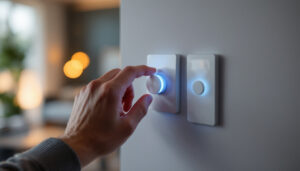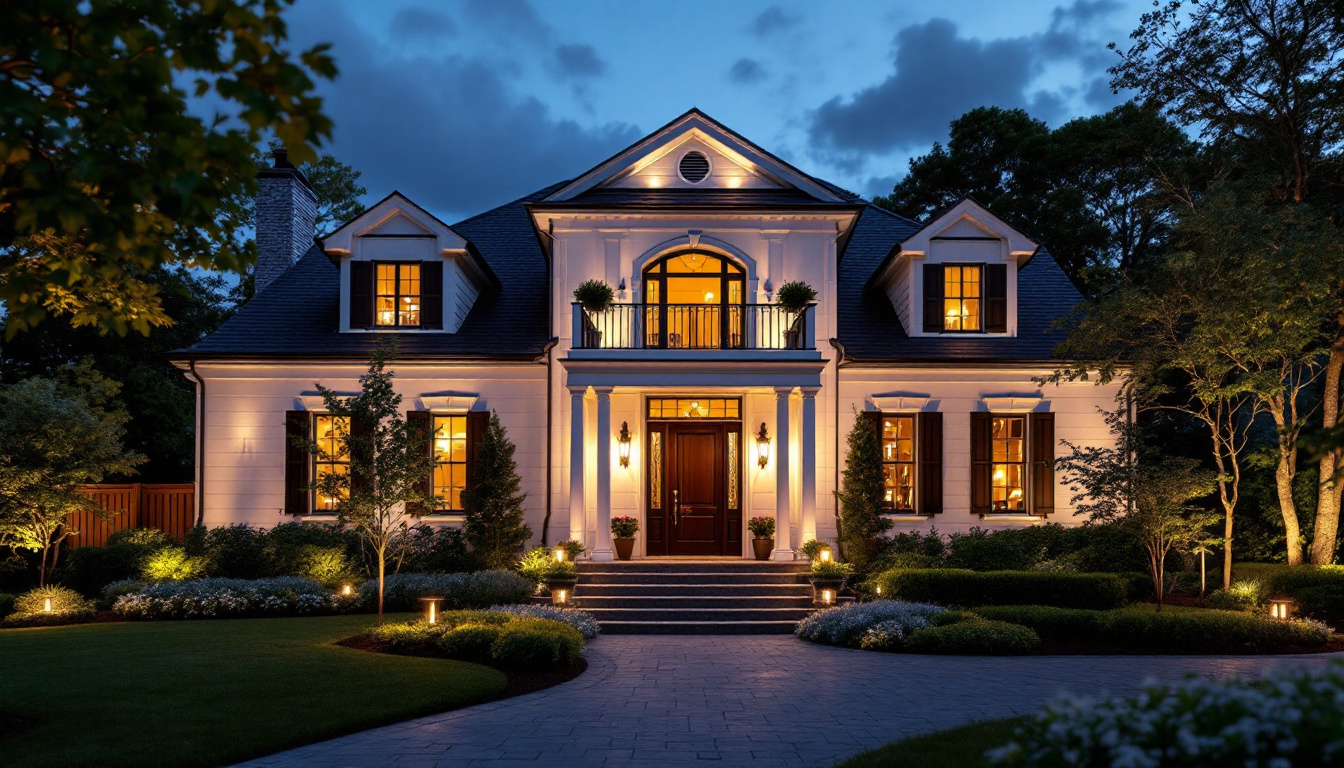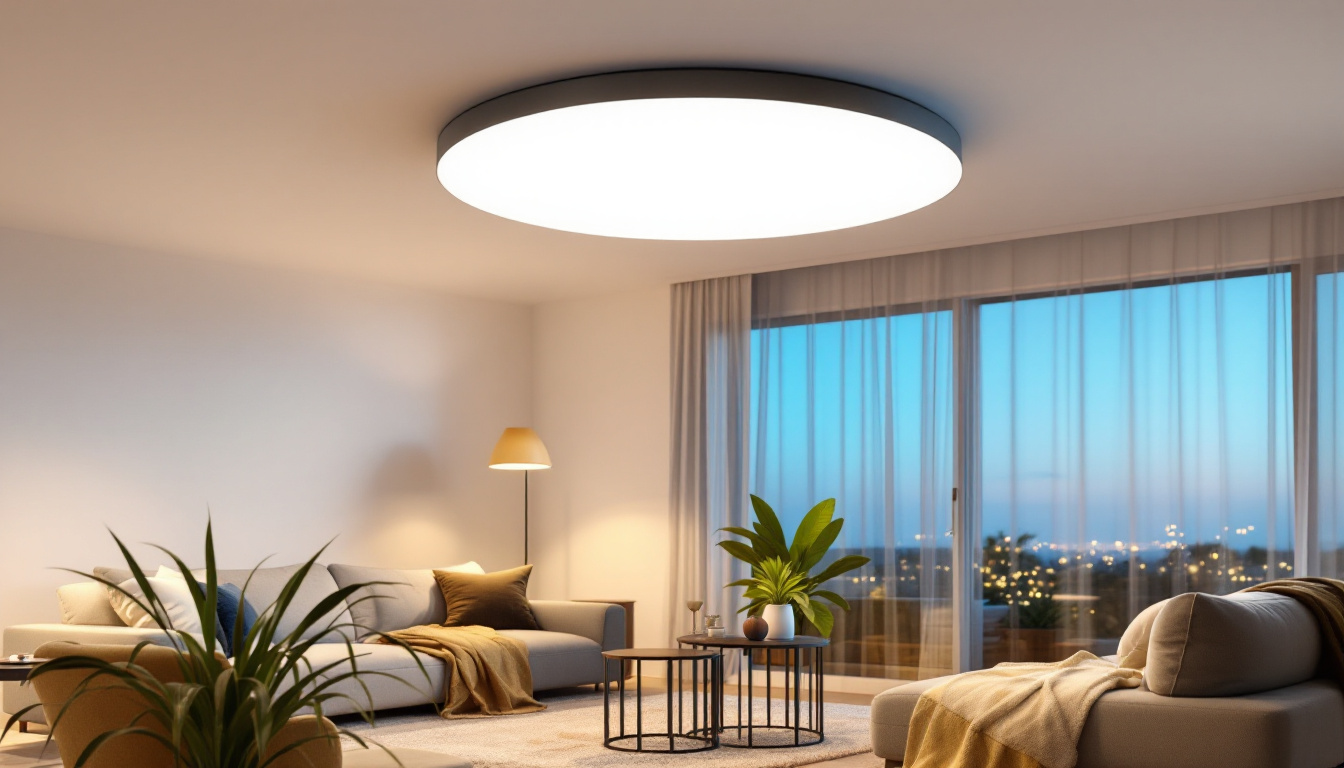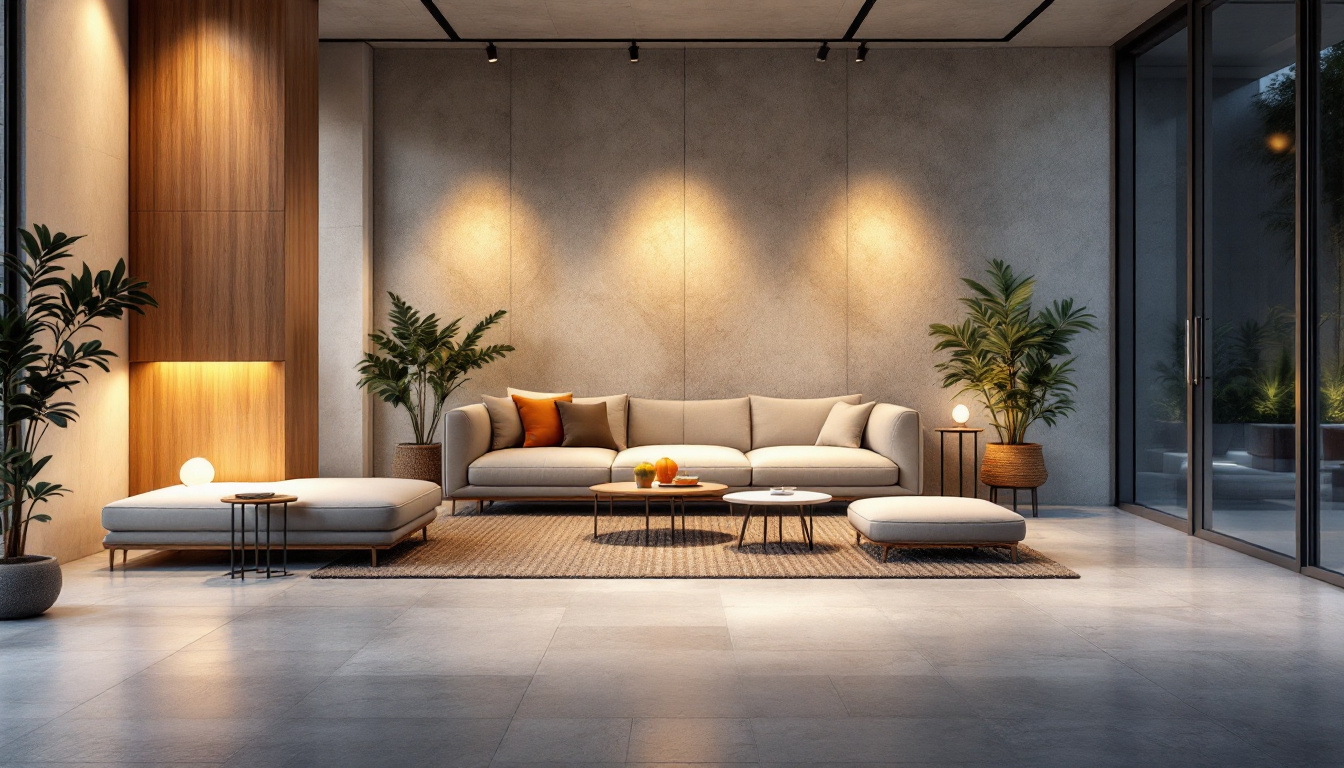

In the ever-evolving world of office lighting, LED ceiling light fixtures have emerged as a popular choice among contractors and clients alike. They offer energy efficiency, longevity, and a modern aesthetic that can enhance the overall ambiance of any workspace. However, selecting and installing these fixtures requires a nuanced understanding of various factors. This article provides lighting contractors with essential tips to navigate the complexities of LED office ceiling light fixtures.
Before diving into the specifics of installation and selection, it is crucial to grasp the fundamentals of LED technology. Understanding how LEDs function can significantly impact the choices made during a project.
LEDs, or Light Emitting Diodes, differ from traditional lighting options such as incandescent and fluorescent bulbs. They convert electricity directly into light, resulting in less energy wasted as heat. This efficiency not only reduces energy costs but also contributes to a lower carbon footprint, making LEDs an environmentally friendly option.
Moreover, LEDs have a longer lifespan, often lasting up to 25,000 hours or more, depending on usage and conditions. This longevity means fewer replacements and less maintenance, which is a significant advantage for office environments where downtime can be costly. Additionally, the durability of LEDs makes them resistant to shock and vibration, further extending their usability in various settings, from industrial warehouses to residential homes. This resilience allows for greater flexibility in design and placement, enabling creative lighting solutions that were previously impractical with traditional bulbs.
When selecting LED fixtures, it’s essential to consider color temperature and Color Rendering Index (CRI). Color temperature, measured in Kelvin (K), affects the ambiance of the workspace. A cooler temperature (5000K-6500K) can create a vibrant, energetic atmosphere, while warmer temperatures (2700K-3000K) promote a cozy, inviting environment.
CRI measures how accurately a light source displays colors compared to natural light. A higher CRI (above 80) is preferable for office spaces, as it enhances visual clarity and reduces eye strain, contributing to a more productive work environment. Furthermore, understanding the nuances of color temperature can help in creating specific moods or enhancing certain tasks; for instance, cooler lights are often favored in creative spaces to stimulate alertness and focus, while warmer lights are ideal for relaxation areas, promoting comfort and ease. This thoughtful consideration of lighting can transform a mundane workspace into a dynamic and engaging environment, ultimately influencing employee satisfaction and productivity.
Selecting the appropriate LED ceiling light fixtures involves considering various factors, including the layout of the office, the purpose of the space, and the preferences of the occupants. It’s essential to create an environment that not only meets functional lighting needs but also fosters a positive atmosphere for employees. The right lighting can significantly impact mood and productivity, making it vital to choose fixtures that align with the overall design and purpose of the workspace.
There are several types of LED ceiling fixtures available, each with its unique advantages. Panel lights are popular for their sleek design and even light distribution, making them ideal for open office spaces. Troffer lights, often used in grid ceilings, provide a more traditional look while still delivering excellent energy efficiency. These fixtures are particularly beneficial in larger areas where uniform lighting is crucial to avoid dark spots that can hinder visibility.
For areas requiring focused lighting, such as conference rooms or break areas, recessed lights can be an effective choice. These fixtures create a clean aesthetic by being installed flush with the ceiling, providing a modern touch without sacrificing functionality. Additionally, adjustable recessed lights can be strategically aimed to highlight artwork or architectural features, adding an element of sophistication to the space. Pendant lights are another option that can add character and serve as decorative elements, especially in collaborative spaces or lounges where a more relaxed atmosphere is desired.
When determining the brightness of LED fixtures, lumens are the key measurement. Unlike watts, which measure energy consumption, lumens indicate the amount of light emitted. For office spaces, a general guideline is to aim for 300-500 lumens per square meter, depending on the tasks performed in the area. For instance, areas designated for detailed work, such as design studios or technical labs, may benefit from higher lumen levels to ensure clarity and reduce eye strain.
Additionally, the layout of the office should influence fixture placement. Consider factors such as furniture arrangement, natural light sources, and specific work tasks. A well-thought-out lighting plan can enhance productivity and comfort, reducing the likelihood of glare or shadows. Incorporating dimmable fixtures can provide flexibility, allowing employees to adjust lighting levels according to their preferences or the time of day. Furthermore, integrating smart lighting solutions can optimize energy use and adapt to changing needs, enhancing both efficiency and user experience in the workplace.
Proper installation is critical to maximizing the performance and lifespan of LED fixtures. Lighting contractors should adhere to best practices to ensure a successful outcome.
Before installation, it is vital to assess the existing electrical infrastructure. Ensure that the wiring is compatible with LED technology, as some older systems may require upgrades. Additionally, using appropriate dimmers and controls can enhance the versatility of the lighting system, allowing for adjustments based on the time of day or specific tasks.
Always follow local codes and regulations when installing electrical fixtures. This not only ensures safety but also guarantees compliance with any warranties or guarantees provided by manufacturers. Furthermore, consider implementing surge protection devices to safeguard the LED fixtures from voltage spikes, which can significantly reduce the risk of damage and extend the lifespan of the lighting system. Regular maintenance checks on electrical connections can also prevent potential issues that may arise over time, ensuring that the system remains efficient and reliable.
When placing fixtures, consider the spacing between them to achieve uniform light distribution. A common rule of thumb is to space fixtures 1.5 times their height from the floor. For example, if the ceiling height is 10 feet, fixtures should be spaced approximately 7.5 feet apart.
In addition to spacing, the placement of fixtures should consider the use of the space. Areas requiring more focused light, such as workstations, may benefit from closer fixture placement, while general areas can have fixtures spaced further apart. Moreover, the color temperature of the LED lights should also be taken into account, as warmer tones can create a cozy atmosphere in residential settings, while cooler tones are often more suitable for commercial spaces that require alertness and productivity. Incorporating a mix of ambient, task, and accent lighting can also enhance the overall aesthetic and functionality of the area, allowing for a more dynamic and adaptable lighting design that meets various needs throughout the day.
One of the most significant advantages of LED lighting is its energy efficiency. For contractors, promoting this aspect can be a selling point for clients looking to reduce operational costs.
To illustrate the potential savings, contractors can provide clients with calculations comparing LED fixtures to traditional lighting options. For instance, replacing a 60-watt incandescent bulb with a 10-watt LED can lead to substantial energy savings over time. Additionally, the reduced need for replacements means lower maintenance costs.
Encouraging clients to take advantage of energy-efficient lighting can also qualify them for rebates or incentives from utility companies, further enhancing the appeal of LED installations.
Incorporating LED lighting is just one aspect of creating a sustainable workplace. Contractors can advise clients on other energy-efficient practices, such as utilizing natural light, implementing smart controls, and choosing sustainable materials for office renovations.
Creating a holistic approach to sustainability not only benefits the environment but also enhances the company’s image, making it more attractive to employees and clients alike.
While LEDs require less maintenance than traditional lighting, some upkeep is still necessary to ensure optimal performance. Contractors should educate clients on proper maintenance practices to extend the life of their fixtures.
Dust and debris can accumulate on fixtures, reducing their efficiency and light output. Regular cleaning of the fixtures with a soft, dry cloth can help maintain brightness. For more substantial buildup, a damp cloth may be used, but it is essential to ensure the fixture is powered off and cool to the touch before cleaning.
Additionally, contractors should advise clients on the importance of checking for any flickering or dimming lights, which may indicate a need for replacement or electrical issues. Prompt attention to these signs can prevent more significant problems down the line.
As technology continues to evolve, there may be opportunities for clients to upgrade their existing LED fixtures. Newer models may offer improved efficiency, better color rendering, or advanced smart features such as connectivity with building management systems.
Contractors should stay informed about the latest advancements in LED technology and be prepared to recommend upgrades when appropriate. This proactive approach can enhance client satisfaction and position contractors as knowledgeable experts in the field.
LED office ceiling light fixtures are an excellent investment for modern workspaces, offering energy efficiency, longevity, and improved aesthetics. By understanding the technology, choosing the right fixtures, adhering to installation best practices, and promoting maintenance, lighting contractors can ensure successful projects that meet the needs of their clients.
As the demand for sustainable and efficient lighting solutions continues to grow, staying informed and adaptable will be crucial for contractors looking to thrive in this competitive landscape. By implementing these quick tips, lighting contractors can enhance their service offerings and contribute to creating brighter, more efficient work environments.
Ready to elevate your lighting projects with the best LED office ceiling light fixtures on the market? Look no further than LumenWholesale, where we provide contractors with superior, spec-grade lighting products at unbeatable wholesale prices. Our commitment to quality, affordability, and convenience ensures that you get the most reliable and high-performance lighting solutions for your workspace designs. Plus, with free shipping on bulk orders, you can save even more on your purchases. Don’t compromise on quality or cost—choose LumenWholesale for Wholesale Lighting at the Best Value and light up your next project with confidence.

Discover the essential role of exterior lighting in enhancing home aesthetics and security.

Discover why purchasing coastal wildlife lighting in bulk from local distributors might not be the best choice.

Discover the key features and benefits of flat round LED ceiling lights, essential for modern lighting contractors.

Discover the transformative journey of 4ft LED lights in the lighting industry.
Get notified when NEW deals are released.
Optimize your budget with wholesale discounts.
Only top-quality, specification-grade lighting products.
No additional costs at checkout - what you see is what you pay.
We understand the unique needs of contractors.